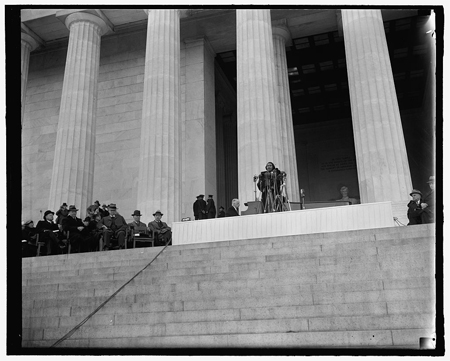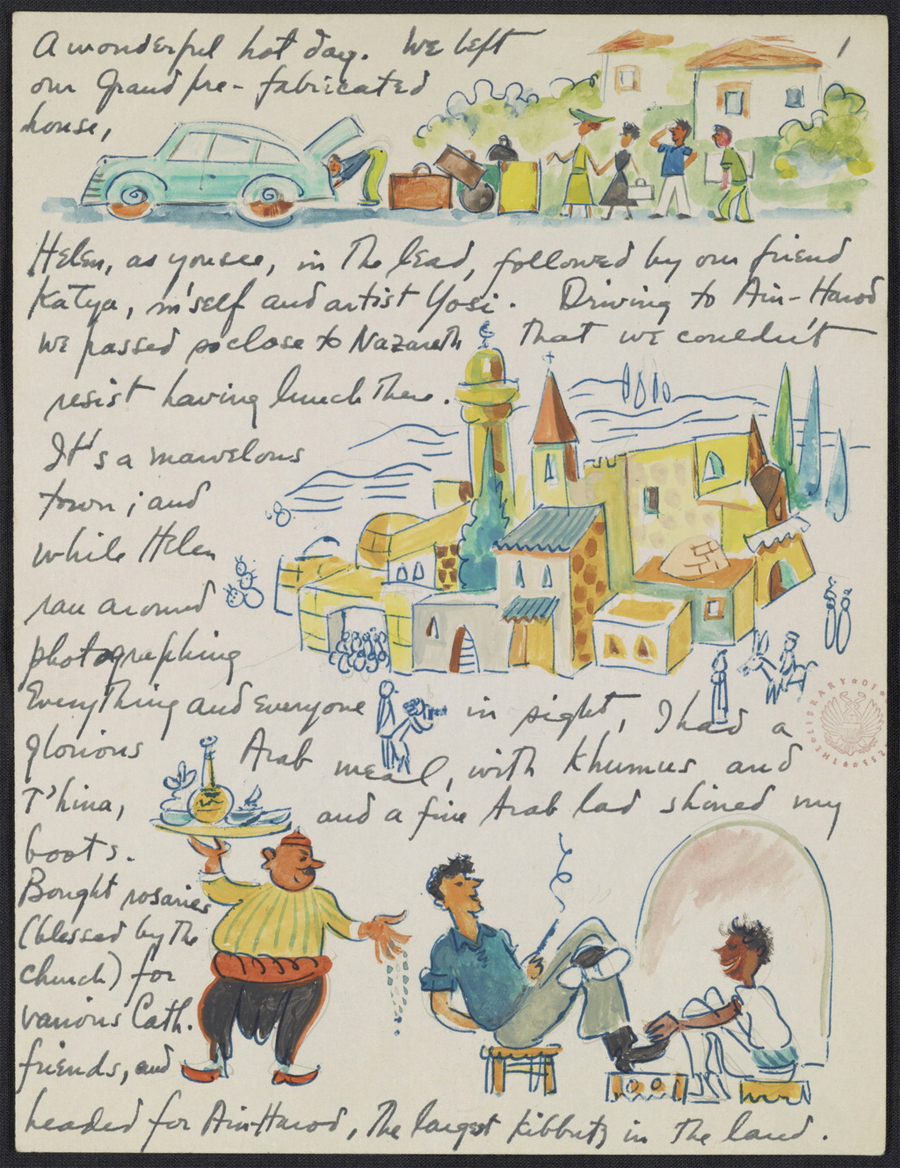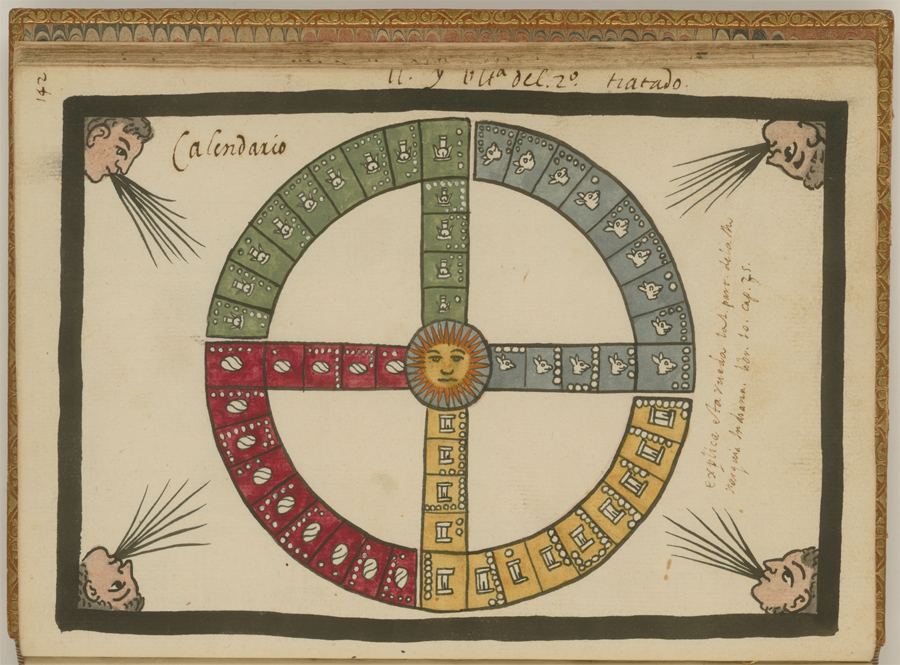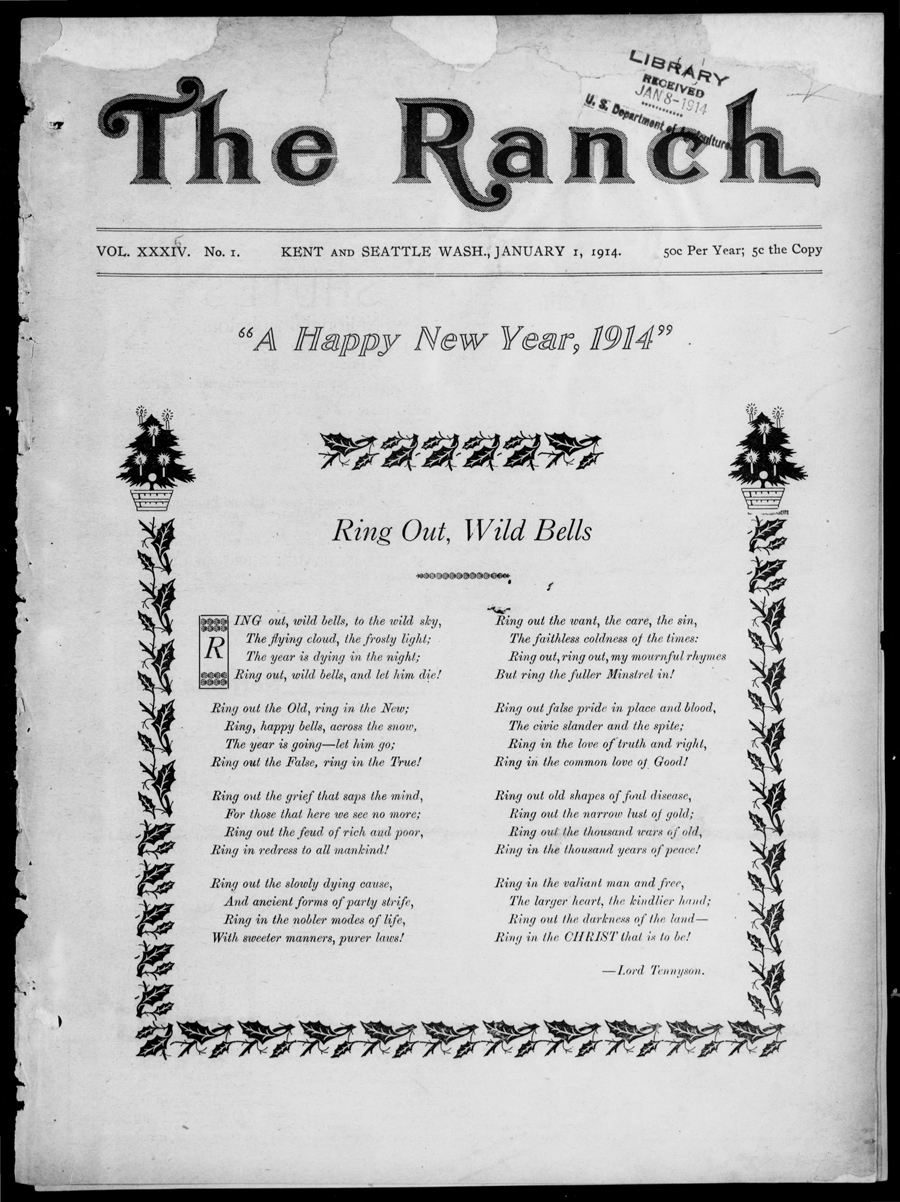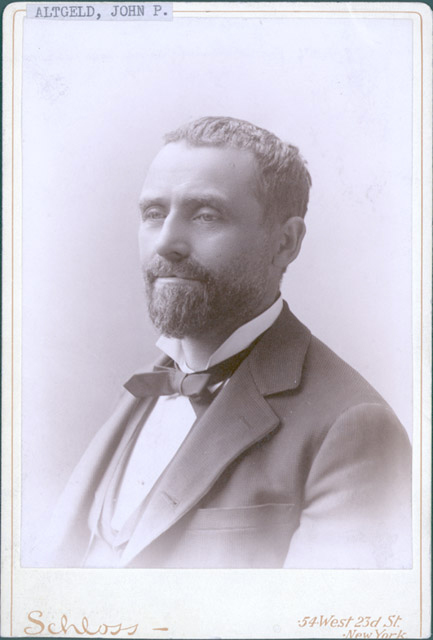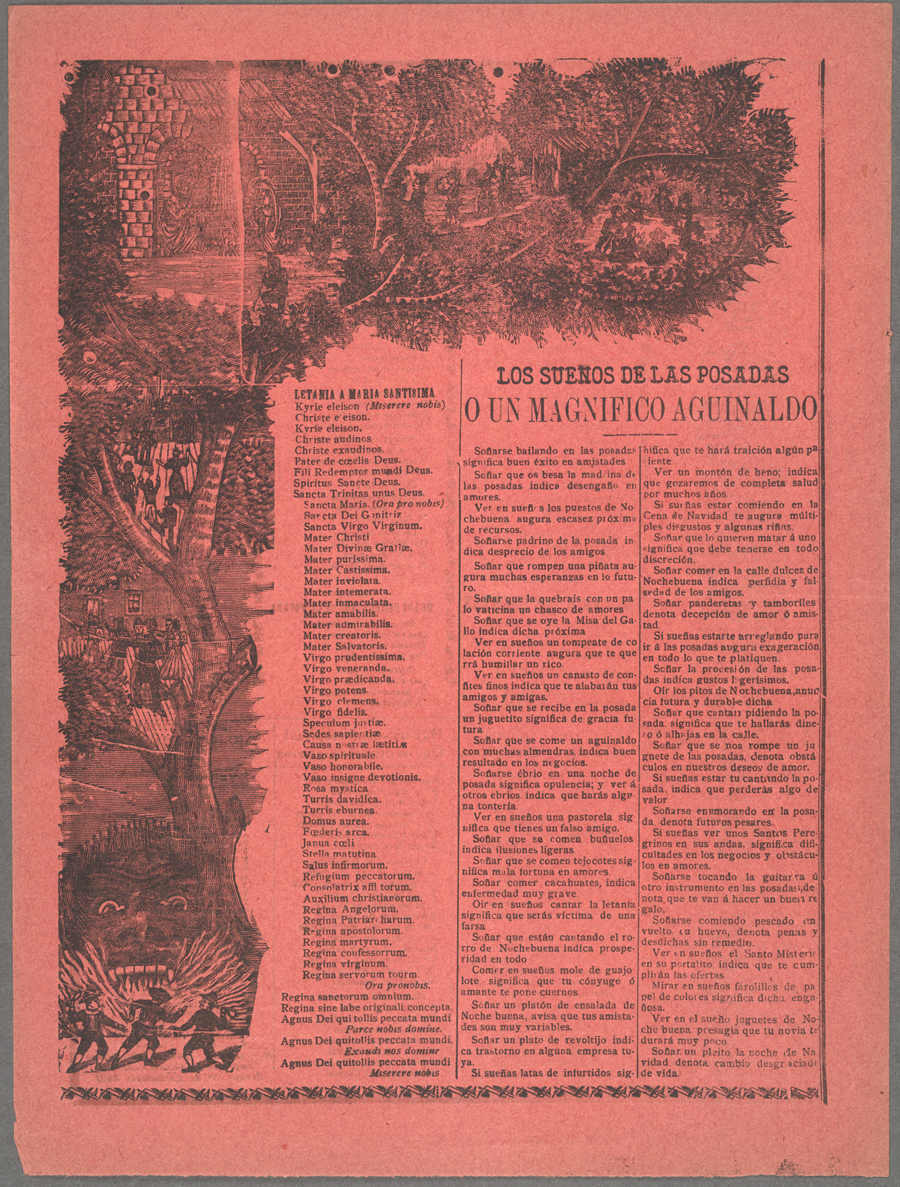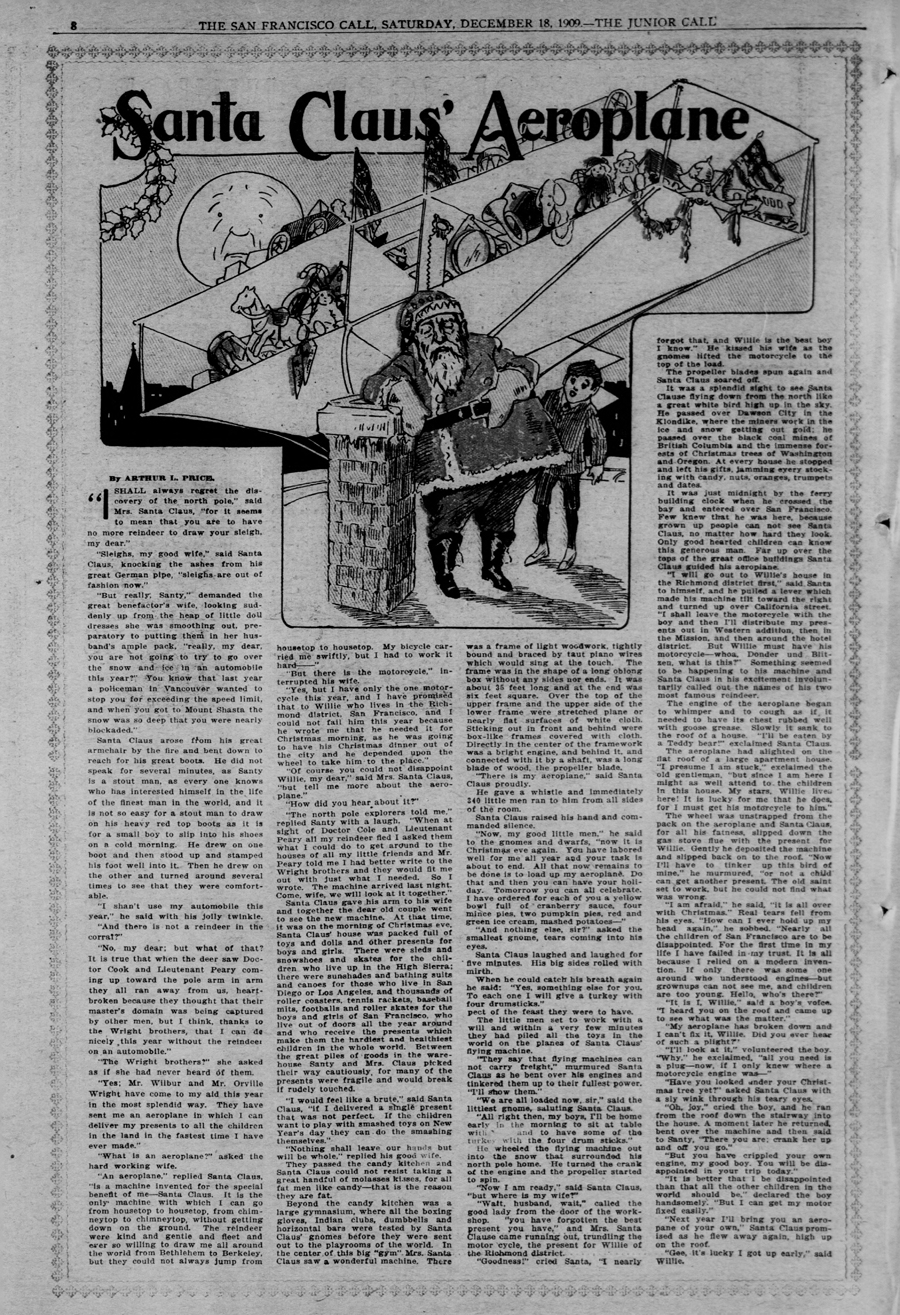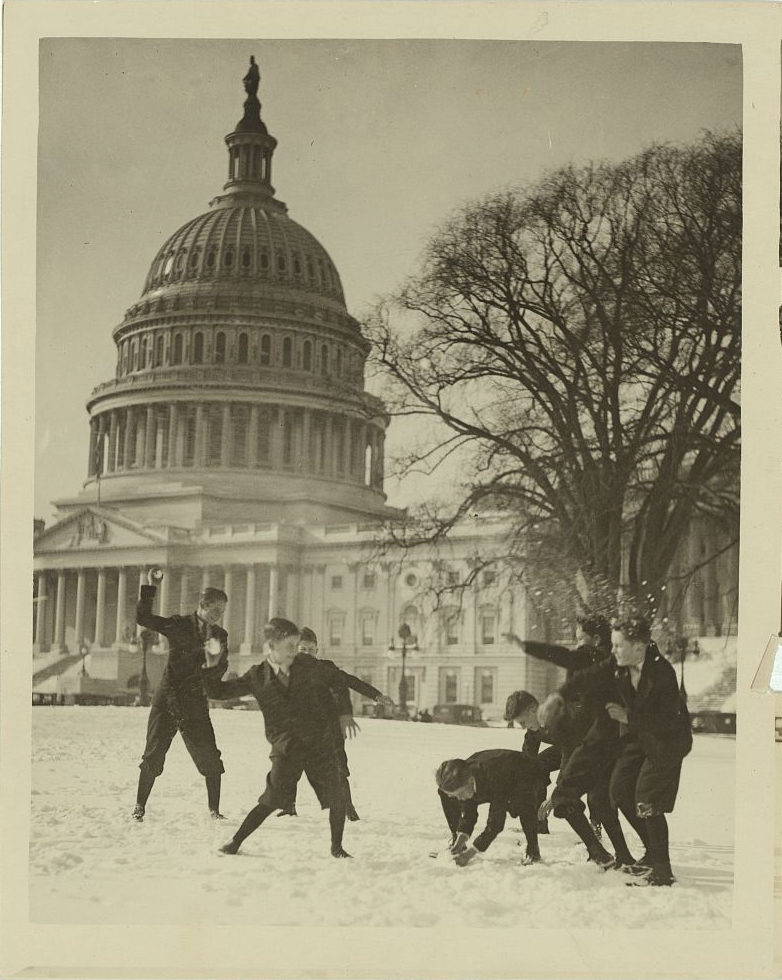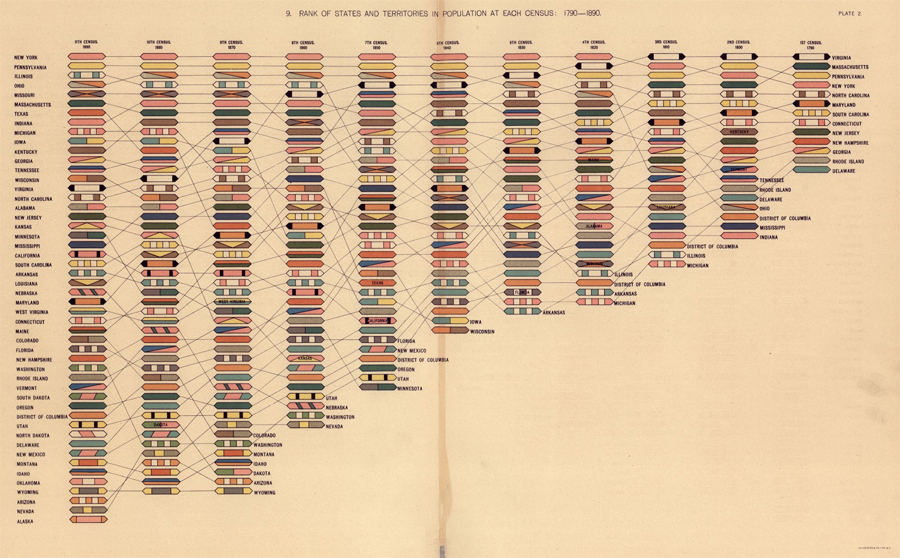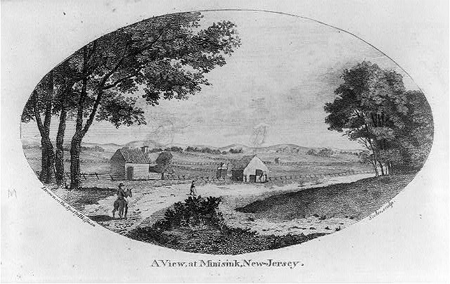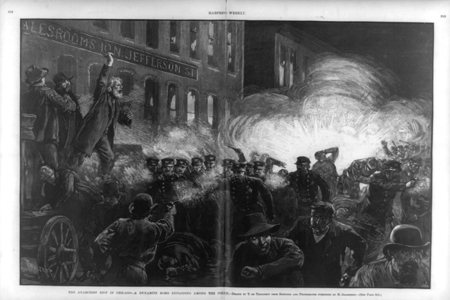Today in History: Marian Anderson
Today in History–January 7–the Library of Congress features singer Marian Anderson, who made her debut at the Metropolitan Opera in New York City on his day in 1955. Barred from attending a Philadelphia music school because of her race, Anderson’s family, friends and church helped fund private voice lessons. Although she toured Europe and the United States extensively, Anderson continued to suffer…

